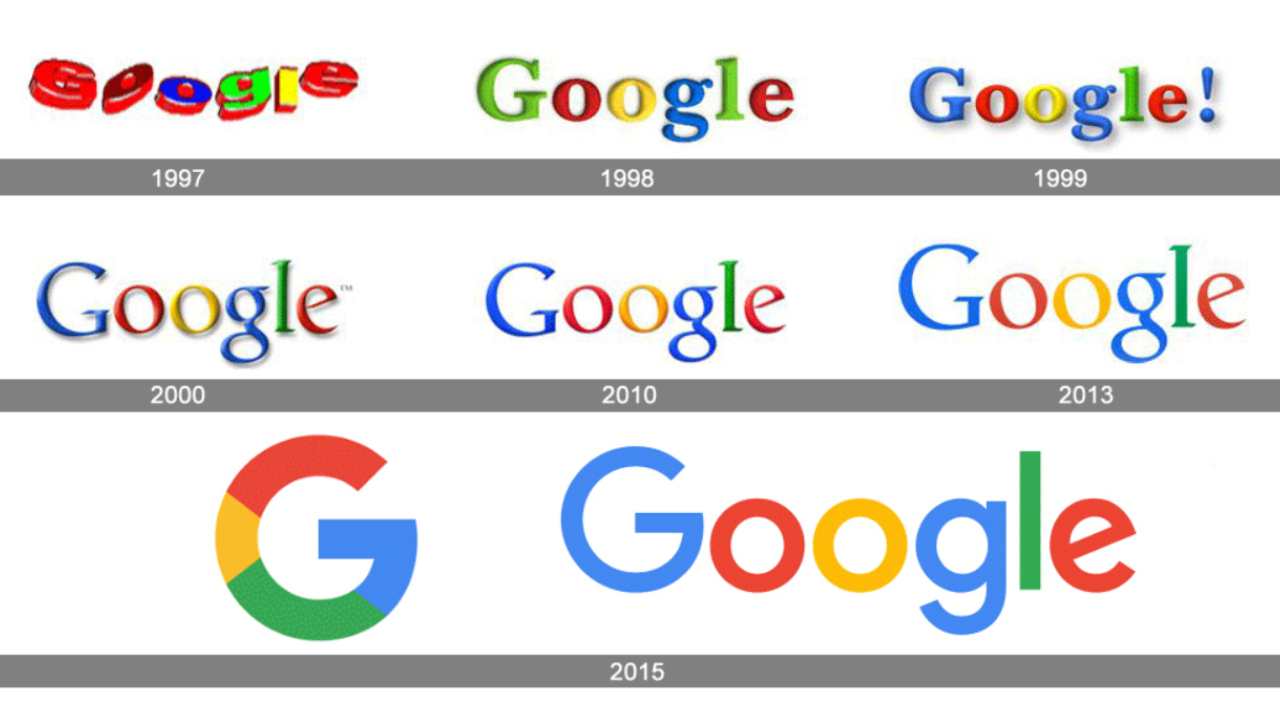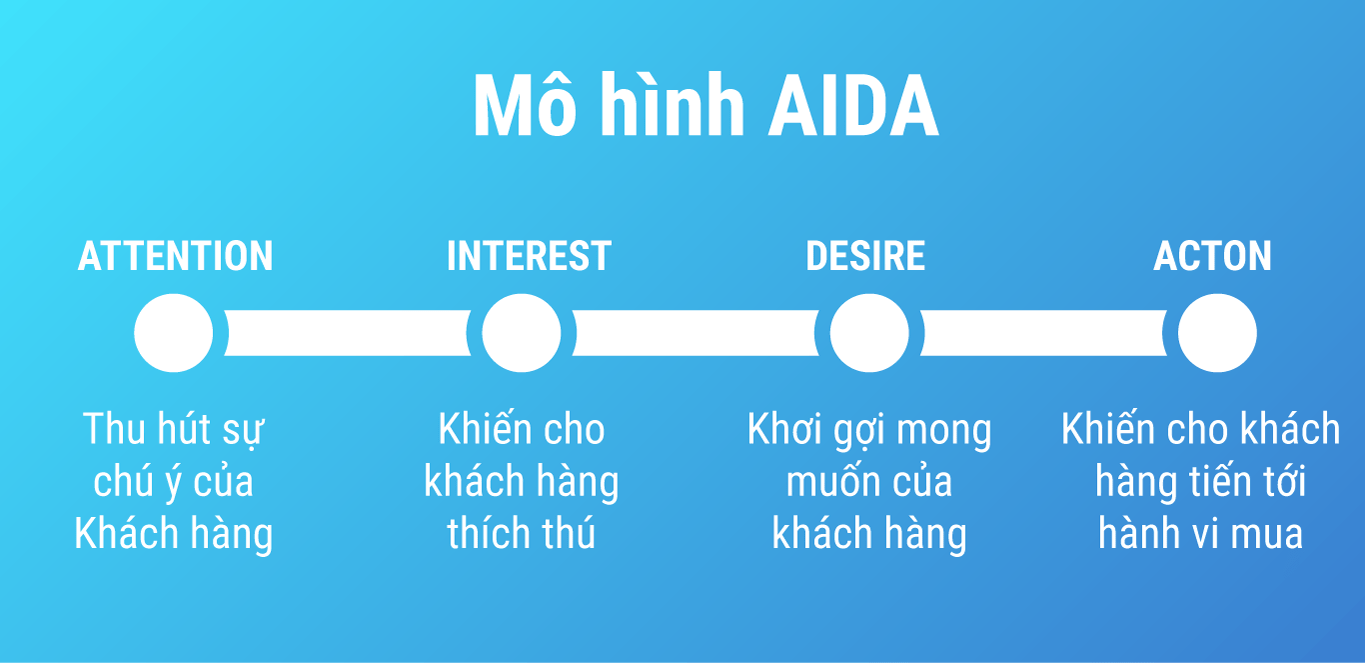Battle of the brands is increasingly fierce in the digital era, so each brand needs to have its own expression to communicate with customers and express the brand personality. Brands with strong, consistent expressions will stand out and be able to connect with consumers. The shift from “Positioning with brand differentiation” to “Positioning with brand personification” is inevitable in the race of brand competition in the digital world. Philip Kotler once said: “If you are not a brand, you are a commodity”. So what makes a brand voice really different?
Marketing Mix’s 4P Strategy
Entering the 4.0 era, the brand is not only framed with a name, logo or brand slogan anymore. It is the era of connectivity, customers can access and learn many streams of information on multi-channels. They have the right to monitor and evaluate the positioning of the business to see if it is true to what has been communicated? Brand positioning needs to create a difference for customers to recognize and remember the brand compared to other brands in the market. This is done through the Marketing Mix’s 4P Strategy, which includes:
- Product
- Price
- Place
- Promotion
Branding as a “living entity”
For a brand to thrive, it needs to be accepted by the community, built on cooperation, companionship, creation and sharing as a “living entity”. The personification of a brand as a person with its own personality, such as conveying a vivid message to customers in Marketing 4.0, is important in addition to positioning and building an external identity.
Personifying the brand with personality, characteristics and emotions creates depth within a brand. The message and the way of transmission can be flexibly changed, but the brand must still show its inherent personality. Branding with personality as a real entity will elicit emotional responses in specific consumer segments, influencing the perception, psychology and behavior of the community, with the ultimate goal of promoting beneficial behaviors to create profits for businesses.

Personifying the brand with personality, characteristics and emotions creates depth within a brand
According to research, customers tend to buy products of a certain brand if the brand personality is similar to their own. For example, Louis Vuiton, Chanel and Gucci aim for sophistication, the brand personality they build is charming, luxurious and fashionable, focusing on the high-end customer segment who spend a lot on hobbies with stylish fashion sense.
Advertisement “Reunion”
When it comes to Google, Internet users are no longer foreign when Google is described with the image of a “wise man” who fully converges the “know-it-all” qualities with understanding, intelligence and trustworthiness. It is that special character that creates an emotional connection between customers and the brand through communication campaigns, corporate culture or actual customer experiences, imparting corporate values to life and the community. With the core character that has been built, even if Google changes the logo design, users will still recognize it and it will not affect the power of Google’s brand.

Google changes the logo design, users will still recognize it and it will not affect the power of Google’s brand
Typically, a promotional video called “Reunion” in 2013 in India, Google conveys the story of two friends who found each other after being separated for 6 decades due to the separation between Pakistan and India thanks to Google Search. Google’s promotional video has moved the emotion and is shared by millions of people.
Shift from 4P to 4C
If before, the basic Marketing model included 4Ps:
- Product
- Price
- Place
- Promotion
Then arise other contents such as:
- People
- Process
- Physical Evidence
Now that the marketing perspective has changed to customer-centricity, another 4C model appears in the Marketing model. Accordingly, each C letter will be associated with the corresponding P letter:
- Customer Solutions is associated with Product: each product needs to be a solution to a practical customer need.
- Customer Cost is associated with Price: the decision on the price of the product needs to be commensurate with the benefits (rational and emotional) brought to customers.
- Convenience is associated with Place: the method of product distribution must ensure maximum convenience for customers.
- Communication is associated with Promotion: communication activities must ensure two-way interaction and information exchange between businesses and customers.
4C model in Marketing 4.0
Entering Marketing 4.0, the marketing model has been upgraded with the new 4C. Accordingly, customers have the right to participate in all stages from product design to pricing, distribution and communication of products, corporate’s services:
- Co-creation
- Currency
- Communal Activation
- Conversation
Co-creation
With the development of digital technology, the customer generation is becoming more and more knowledgeable. Customers can actively access information, therefore knowledge and practical experience with community needs will be a valuable input source for businesses. Inviting customers to participate directly in the development and innovation of products/ services from the initial concept stage will make customers part of the products, services.

Knowledge and practical experience with community needs will be a valuable input source for businesses
Businesses can gather factual information to reduce time and resources in organizing and researching the market, at the same time owning a file of potential customers and receiving products, services of business from the “pregnancy” stage. For example, Lego Ideas online community, where customers can come up with design ideas for new products. Works that receive over 10,000 votes from the community will be considered by Lego to commercialize the idea. Also, authors will be invited to participate in completing the design, as well as marketing the product to the market.
Currency
In the 4.0 era, pricing strategy is gradually moving from standardization to dynamic pricing. Flexible rates will be set based on supply and demand fluctuations, “dynamic price” is often seen in the customer and airline sectors. Thanks to technological advancements such as the Internet, Cloud, AI, Big Data, etc., many industries have paved the way for many other industries to apply this valuation method based on customer profiles and identify market needs in the real time. Flexible pricing will help optimize both sales and profits for businesses.

Flexible rates will be set based on supply and demand fluctuations
The “dynamic pricing” method is used by Amazon through smart software which is capable of scanning thousands of products on the system every 10 minutes. The price changes once every 10 minutes on average, from which the elasticity of market demand can be observed at each price level. Optimizing prices over time will help get the most profit for business. Amazon’s growth numbers have increased by 27,2% with more than $44 billion in revenue since 2013.
Communal Activation
In the sharing economy, peer-to-peer (P2P) distribution channels easily gain a foothold because customers want to find and own the products and services they need immediately. Businesses can turn the community into their distribution channel so that customers can receive products and services fastest from those closest to them.

Peer-to-peer (P2P) distribution channels easily gain a foothold
Grabbike or Tima will be community-enabled application businesses in their business model. If Grabbike provides an application platform with its own “rules”, customers with vehicles will provide ride-hailing services to customers who need to contact them for transportation. Meanwhile, Tima is a financial connection platform in Vietnam that follows the P2P form. Unlike usual banks, those who have capital will allow those who need capital to borrow money without going through intermediaries.
Conversation
The traditional method of communication is usually a one-way monologue from businesses to customers as audiences. Nowadays, technology allows customers to interact directly with businesses, respond to messages they received and share information with the community.

Technology allows customers to interact directly with businesses
There are more and more applications that help with customer reviews and ratings. Online forums and blogs become channels for customers to directly engage in conversations with the community, thereby for them to evaluate the products, services of the brand and spread it thanks to the rapidity of spreading through digital technology. Along with the effect of spreading and promoting the brand widely, it is also the fastest way to “death” of a business if it does not keep a good image with customers.
Shifting from AIDA model to 5A model
The most commonly used customer journey model in the past is the AIDA funnel. Through this model, businesses can determine which funnel customers are in to set up a plan to push them down the next funnel. The AIDA model includes:
- Attention
- Interest
- Desire
- Action

The most commonly used customer journey model in the past is the AIDA funnel
Later, the AIDA model was developed into the 4A model and remained funnel-shaped, including:
- Awareness
- Attitude
- Act
- Act again
In the Marketing 4.0 phase, Philip Kotler proposed a new 5A model:
- Awareness
- Appeal
- Ask
- Action
- Advocate
Digital technology has made the customer journey more flexible. The 5A model does not stay funnel-shaped, it can expand or contract at different stages, depending on the type of business.
The doorknob-shaped 5A model
The doorknob-shaped 5A model is commonly seen in the consumer packaged goods (CPG) industry. The advantage of this model is the commitment to act despite the low level of curiosity. It is the low prices and attractive promotions that make customers decide to buy the product immediately without the need to learn too much about the brand.

The doorknob-shaped 5A model is commonly seen in the consumer packaged goods (CPG) industry
The goldfish-shaped 5A model
Contrary to the doorknob-shaped 5A model, the goldfish-shaped 5A model is a common model in the B2B business. It is a model where customers often have a high tendency to learn information, they need to ask more questions, consult 3rd party advice and even information from competitors before making a purchase decision.
“Collaborative customer care” service
According to the traditional view of customer care in the past, customers who have not purchased products or services will be considered as target customers or potential customers. When making a purchase decision, the customer is considered the “king”. With a new perspective in collaborative customer care, businesses need to consider all customers equally. In addition to fully meet the needs of customers according to the principles and standards set by the business, companies also need to listen and respond to customers, complying with terms that are acceptable to both the company and the customer.

In the 4.0 connected world, businesses need to know how to invite customers to collaborate in the customer care process
In the 4.0 connected world, businesses need to know how to invite customers to collaborate in the customer care process. Instead of applying one standard to all customers, South Edge Digital recommends focusing on customer engagement, thereby providing a more flexible and tailored experience for each customer. Collaboration will take place when customers self-service in self-service facilities. This will reduce the constraints in the process, limit complaints and customer dissatisfaction.



